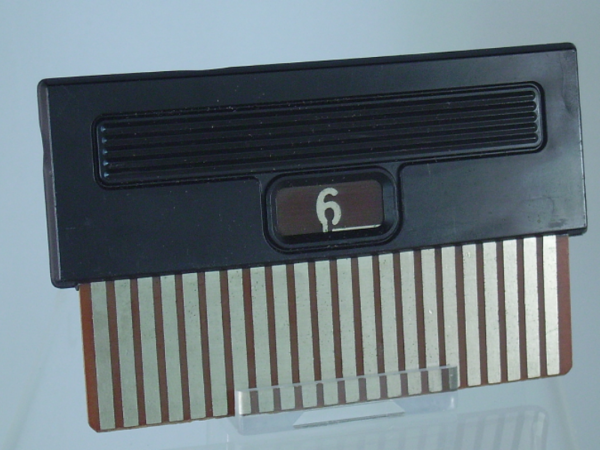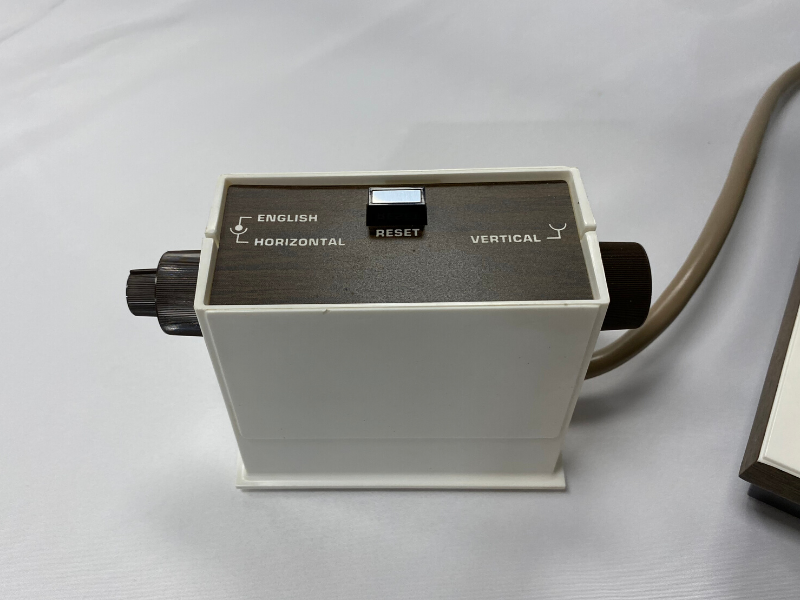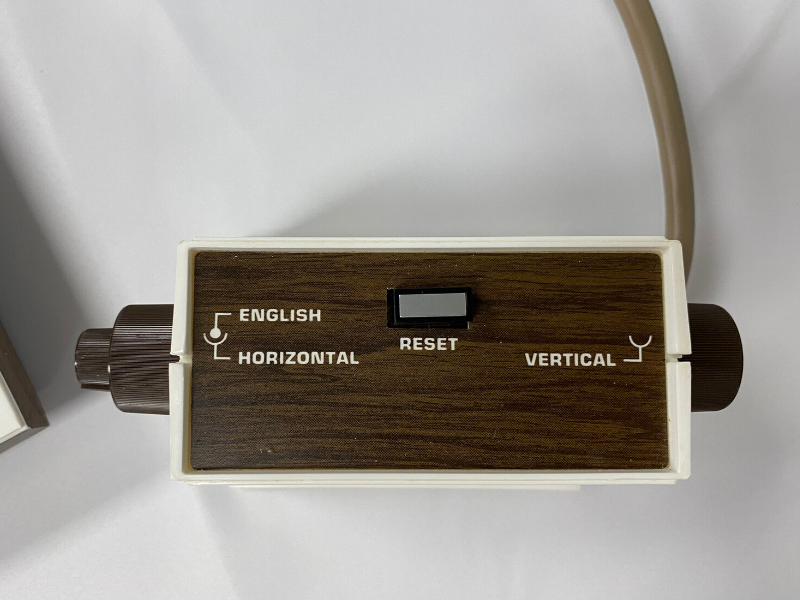By Ben Lewin
Magnavox’s Odyssey stands as the first-ever gaming console, serving as the grandfather to a $40B industry.
Traveling through the industrial style interior of the Computer Museum of America, no matter how educated one might be on the electronic boxes that changed the world, there will always be something in the museum that surprises, amazes, and reignites childlike curiosity. Past the hulking supercomputers that tower in mystery over their observers, there sits a small, white box that can be easily overlooked. A nearby hallway stretches out revealing a beautifully cataloged timeline of the history of technology on the wall, and beneath it, one of several illuminated display cases houses arguably the most important artifact in video game history: the Magnavox Odyssey.

Many other iconic gaming systems from the dawn of the medium accompany the Odyssey at the exhibit. Easily recognizable legends like Nintendo’s Game Boy draw attention away from an inconspicuous, cream-colored box with vintage woodgrain, which just so happens to be the grandfather of them all. The Odyssey was manufactured by Magnavox and released in North America in September of 1972. It stands as the very first home video game console. The system was developed by Ralph Baer, a German-American engineer who created the ping-pong style gameplay that the Odyssey offered. It was Baer’s creation that inspired gaming pioneer Nolan Bushnell of Atari to create his own version: the much more popular and world-renowned Pong, programmed by Al Alcorn.

Feb. 13, 2006: President George W. Bush presents a National Medal of Technology to Ralph H. Baer.

The Odyssey did not see wild success and can be compared to “the first pancake.” Unlike the younger and more successful Atari 2600, which featured a wide array of games, each with their own identity, graphical style, and challenges, the Odyssey did not have a diverse library of games to choose from. From a technical aspect, all its game programs were practically the same with slight variations. Separate game cards could be inserted into the console but all consisted of just two white rectangles, called “paddles” that players controlled, and sometimes a “ball” (actually a square) that could be whacked around.
Gameplay variation came more from the peripherals included with the Odyssey than from the game programs themselves. Players had to stick giant overlays onto the TV screen to simulate a different scenario and read the instructions manual carefully to understand the rules of each game. The Odyssey did not keep score, have sound, or anything in the way of graphics, for that matter. In fact, it came with so many peripherals and required players to do so many calculations that some would argue it’d be more practical and fun to play a board game instead. In 1972, people really had to use their imagination and definitely the honor system to play a successful game on the console.


This quirky nature is perhaps why the Odyssey isn’t as beloved as the 2600 or Game Boy, for example. Sometimes the first in a specific field rarely gets remembered. Catacombs 3D is considered to be the inaugural game in the first-person-shooter genre, but how many know DOOM as the holder of this title? It is often the first innovator rather than the first creator that steals the show. However, the bravery required for the initial step must be respected. The Odyssey shouldn’t be forgotten because it served as the model: providing the shoulders upon which all others stood. Without the Odyssey, Atari wouldn’t have had the success they received due to Pong, which spawned the golden age of arcade video games. As a result, due to video games being a driving factor in computing, the entire world of technology may have never been the same.
About the Author
Benjamin Lewin brings with him immense passion for video games and technology. Being a game developer, journalist, and historian, Benjamin owns over thirty video game consoles and over a thousand games.



